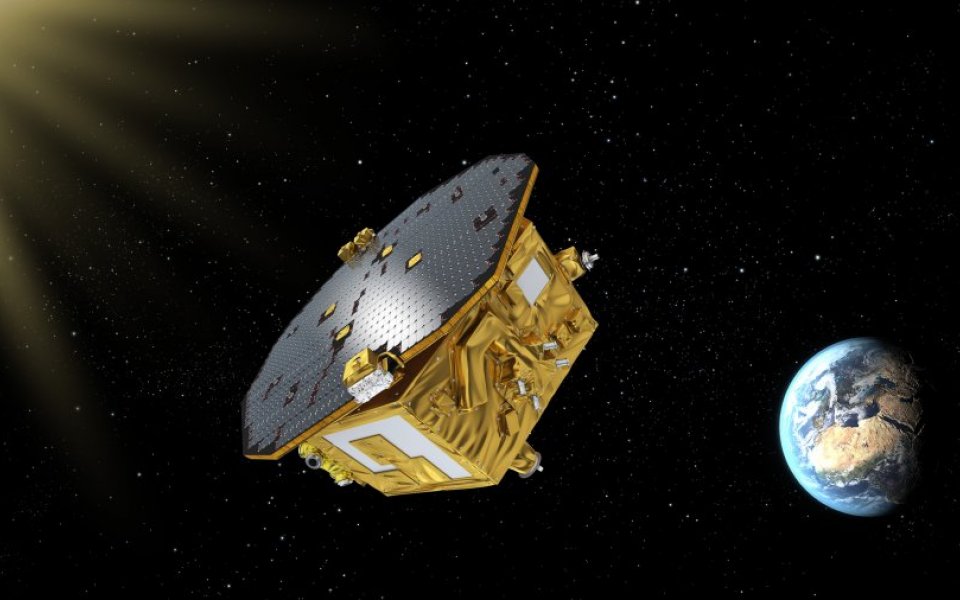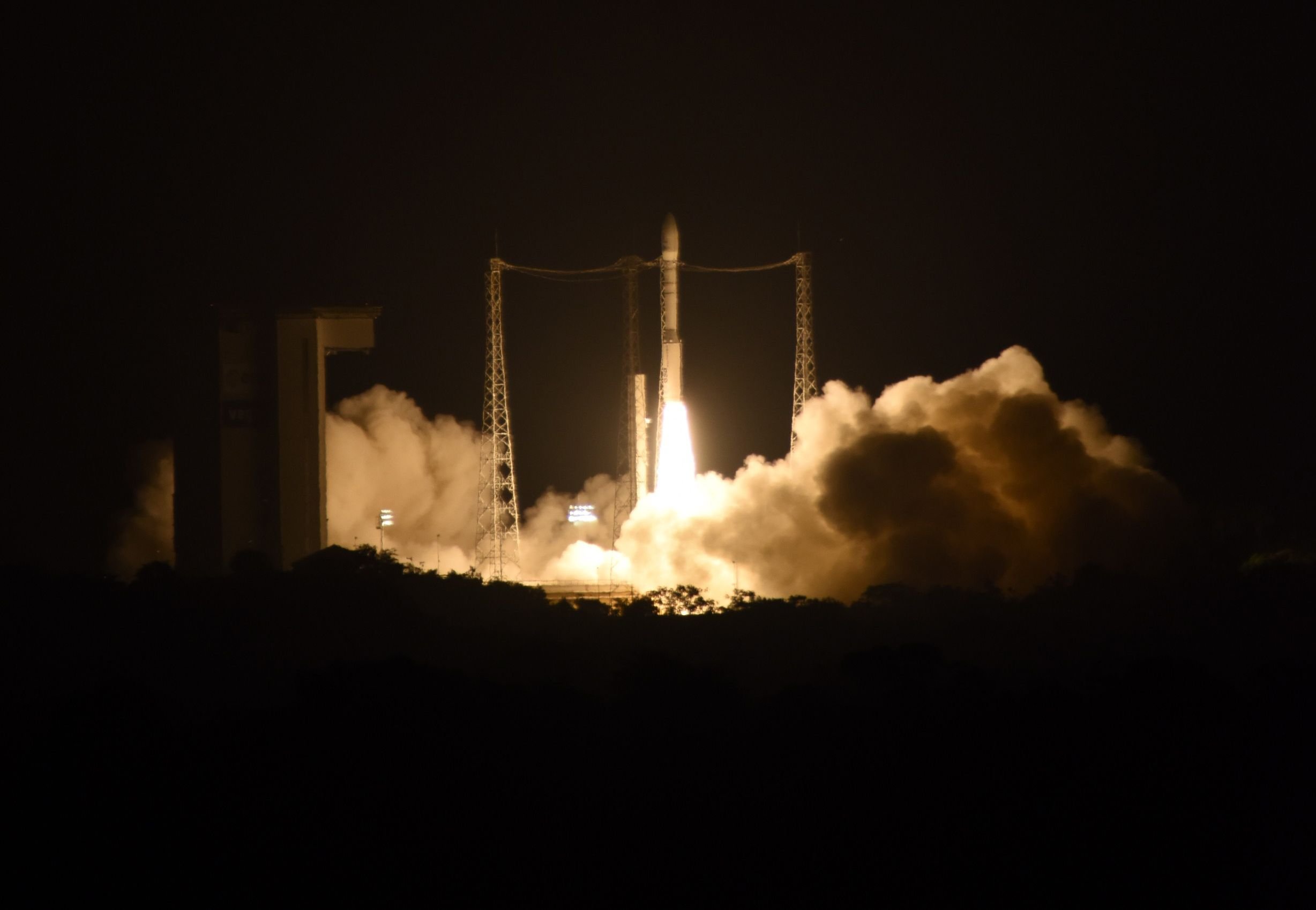The European Space Agency has launched the first part of its mission to find gravitational waves in space

The European Space Agency (ESA) has launched its Lisa Pathfinder Mission, with the hope it could help prove a fundamental aspect of Einstein's Theory of Relativity.
At just after 4am UK time, the spacecraft took off from the Kourou spaceport in French Guiana aboard a Vega rocket, and it is now heading towards the sun.
The ESA wants to find gravitational waves in space – something that has never been found before but is a crucial part of Einstein's idea that space is a physical entity which changes, and that space and time should be considered together and in relation to each other.
The pathfinder won't actually look for these waves itself, but it will be testing the technology that will allow it to do so during a later mission scheduled for the 2030s. This initial pathfinder mission is expected to last around a year.
 The Pathfinder took off early this morning (Source: ESA)
The Pathfinder took off early this morning (Source: ESA)
If, down the line, they end up being able to find gravitational waves, it could help scientists do things like detect black holes and work out when a star has exploded.
During its mission, the pathfinder will be located around 1.5m km from the earth. There, it will drop two identical gold-platinum cubes from the craft, which are just 46mm in width. They will lie side by side with a gap of 38mm between them. In this space, there will be no forces except one – gravity. If all goes to plan, this set up would allow gravitational wave observations to be made in space.
It's a major success for the ESA that it has finally been able to get the mission off the ground – the project has been in the pipeline for years, and came close to being cancelled in 2007. However, the space agency persevered, and now we just have to sit and wait for the results.